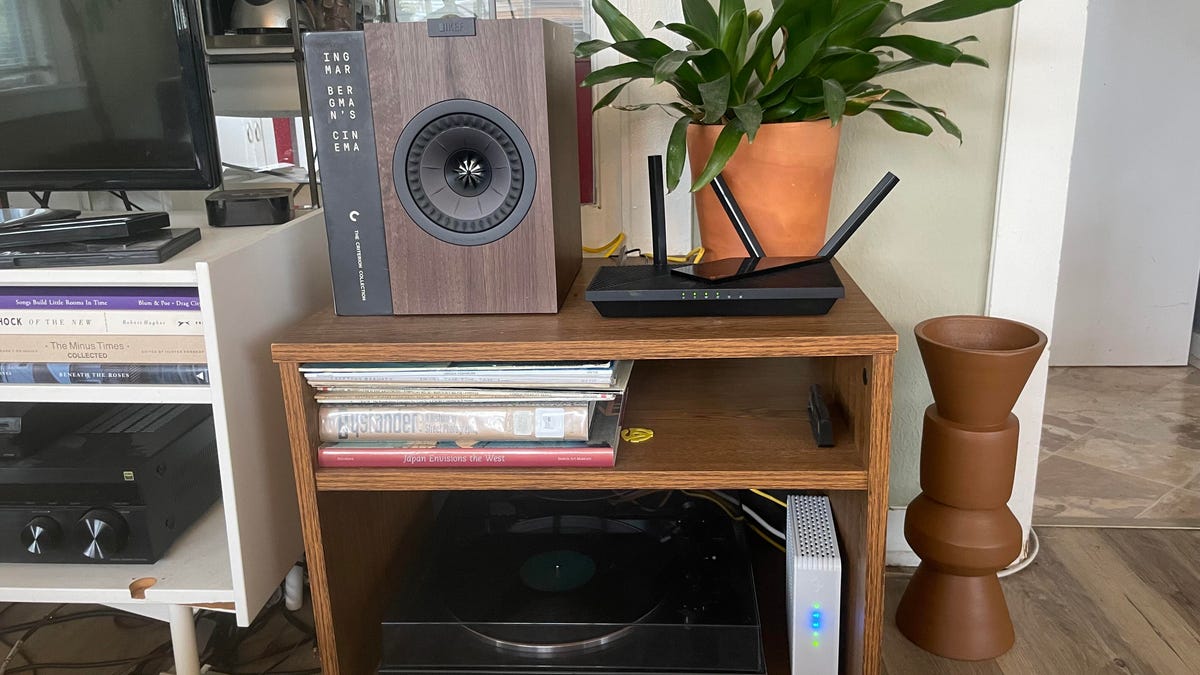Most people have a pretty low threat level, so they’re not likely to be targeted by sophisticated hackers. However, thanks to the explosive growth of smart home devices and work-from-home policies, cybercriminals are starting to attack employees’ home networks to bypass corporate security measures.
“All of us, working from wherever we’re working from, but particularly in our home networks, are becoming targets,” Jennifer Minella, principal security advisor at Viszen Security, a cybersecurity consulting company, warned at the RSAC 2025 Conference.
Minella cited the 2022 LastPass breach as an example of a successful home network attack that affected a corporation’s security. She doesn’t typically help clients with home networking security, but she wanted to show RSAC attendees how to improve their home network security and potentially avoid future corporate and community-level cyberattacks.
Which Home Security Setup Works for You?
Not everyone needs the same level of security to protect their smart home devices. For her presentation, Minella divided home tech users into three categories: the low-tech lifer, the DIY home admin, and the hardened defender.
Below, I’ve included summaries of her tips for low-tech and DIY home admins. Recommendations for obtaining the highest level of home network security are best for executives, public figures, or people who find themselves targeted by cybercriminals for some other reason.
The Low-Tech Lifer
Minella identifies people in the low-tech category as those primarily concerned with ensuring their devices work as intended while maintaining a basic level of security. These people will usually use the modem or router provided by their internet service provider (ISP), and they don’t tinker with devices beyond the initial setup. If you prefer simplicity over creating an ultra-secure environment, this is the category for you.
(Credit: Jennifer Minella/RSAC)
Minella’s advice for low-tech lifers is good advice for everyone. For example, she recommends updating the passwords on all devices connected to your home network, including printers, routers, TVs, and other smart home devices. Remember to update the firmware for all your smart home devices, too.
Get Our Best Stories!

Your Daily Dose of Our Top Tech News
By clicking Sign Me Up, you confirm you are 16+ and agree to our Terms of Use and Privacy Policy.
Thanks for signing up!
Your subscription has been confirmed. Keep an eye on your inbox!
Just because your fridge can get online doesn’t always mean it should. Nearly every electronic device is “smart” now, meaning they can connect to the internet and broadcast your data. Minella stressed that it’s essential to pay attention to the privacy risks that come with using a smart TV, in particular, since some popular manufacturers will share details about your viewing habits with third parties for advertising purposes.
If you have a security camera, like Arlo or a Ring camera, Minella recommends using multi-factor authentication on the account to keep out snoops. You’ll also want to patch or update those devices regularly. Most home security camera services let you opt in to receive automatic security updates.
If you work from home and your company uses a VPN, remember to connect to it while you work and disconnect when you’re off the clock. When you’re away from home and need to connect to public Wi-Fi using one of the devices you use at home for work, connect to the internet using a reputable VPN.
The DIY Home Admin
Are you a current or former network or systems administrator? If you’re tech-savvy and familiar with running additional services on your network or setting up security equipment, this category is best for you.

(Credit: Jennifer Minella/RSAC)
In addition to the advice offered to the Low-Tech Lifers, Minella said that DIY Home Admins should use WPA3, the latest security standard, for their home Wi-Fi network. WPA3 uses stronger encryption than WPA2, so you’ll have increased protection against brute force attacks or password guessing.
Minella recommended configuring virtual networks, or VLANs, or filtering your home network to separate smart home devices like a fridge or smart thermostat from your IoT security tools, like your smart doorbell or security cameras. You’ll also want to separate your work devices from everything else to reduce your attack surface area.
To learn more about protecting your home network from cyber intruders, read our full guide on protecting your smart home. For even more cybersecurity suggestions, check out Jennifer Minella’s blog, Security Uncorked.
About Kim Key
Senior Security Analyst











